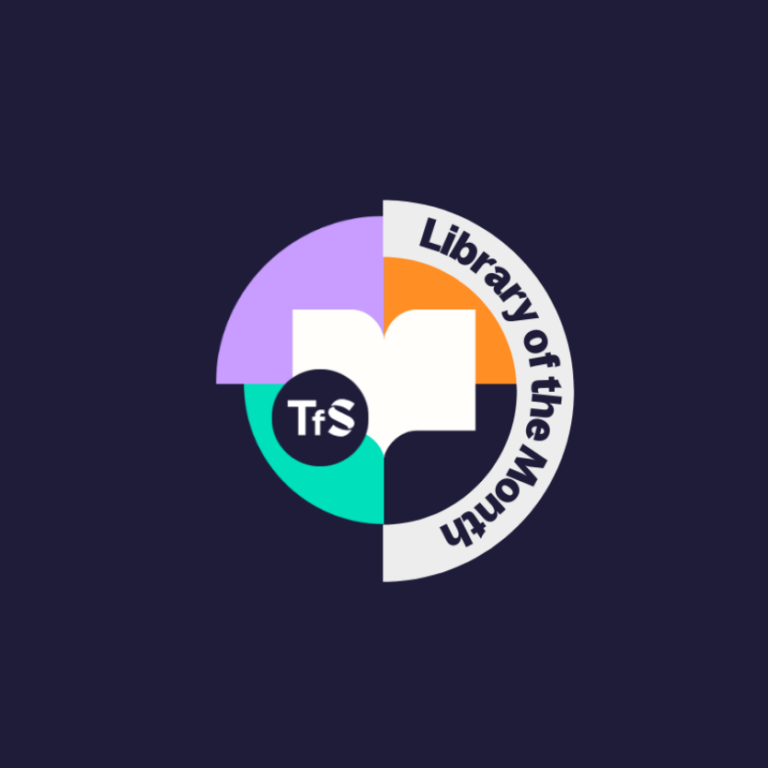Back in March we were delighted to present three sessions at ER&L Conference 2023 in Austin, Texas on how libraries can amplify their value on campus.
Our session, Future-proofing access: Going where your patrons are, asked the question: How can university libraries ensure patrons receive library support at the ‘point of need’ and secure equity of access?
The talk was chaired by Daniel Horvath (Product Director, Technology from Sage), Talia Richards (Vice President of Marketing, Springshare) and Matthew Hawkes (Academic Librarian, The University of East Anglia).
1. Students are stressed, with 62% of women and 51% of men aged 18-34 feeling completely overwhelmed, but the library can help.
The library can help reduce students’ stress levels by improving reach and access to LibGuides’ content. Most notably, by removing barriers and making it easier for students to find the information they need, as and when they need it.
2. LibChat and Chatbox “flows” can be deployed on any webpage.

With the Lean Library and LibChat integration, your Chatbox “flows” can be present on any webpage, whether it’s Wikipedia or Google Scholar, ensuring that patrons can have the support they need from their library at the point of need. Chatbox “flows” guide users to answers before they talk to a librarian, making it easier for them to find self-help first. Plus, you can provide FAQs to common questions.
3. Libraries can inform patrons that they have access to an article or resource via Lean Library.

With the Lean Library browser extension, patrons are told that they have access to an article or resource via their institution. All they need to do do is click “Get Access” and they’ll be taken to the full text article. If the library doesn’t have the article in their discovery, patrons can still request the article via Inter-Library Loan (ILL). It’s a one-stop-shop for the user – they don’t have to do any further searching. Lean Library makes patrons’ lives easier by injecting itself in the user journey when researching.
4. Library onboarding can be deployed right where their patrons need them.

Rather than expecting users to come to the library webpages, locate the guide, read all about the resource they want and then go off and start searching, a pop-up can be deployed within the resource e.g. a video guide, which talks users through how to use it. They can access this guide at any time through the Lean Library menu. This means support can be surfaced directly into patron workflows, whether the patron is located on or off campus. Microsoft Forms and surveys can also be deployed, not just onboarding guides, to nudge students towards the right places.
5. Patrons who haven’t yet installed the Lean Library browser extension can still receive library support materials to ensure equity of access.
When patrons land on the external library webpage, they’ll receive a pop-up which links them to their digital library via a LibGuide. This enables patrons to hit the ground running and they can search library resources safe in the knowledge that they’re viewing everything. You can learn more about the Lean Library and Springshare integration here and how this partnership works to bring LibGuides and LibChat directly into patron works.




